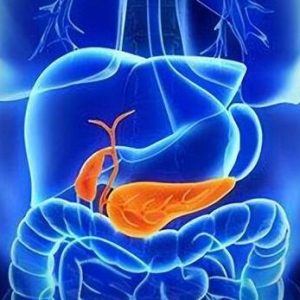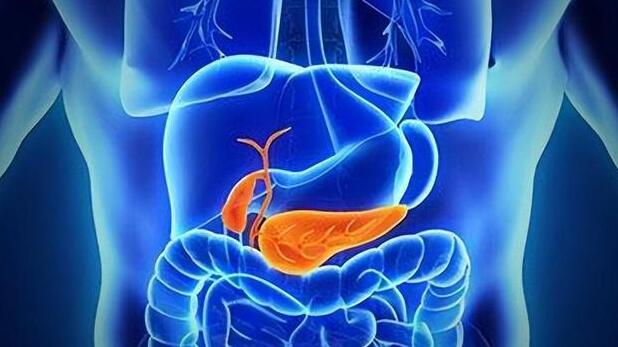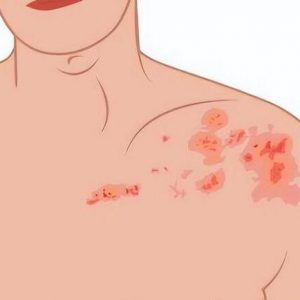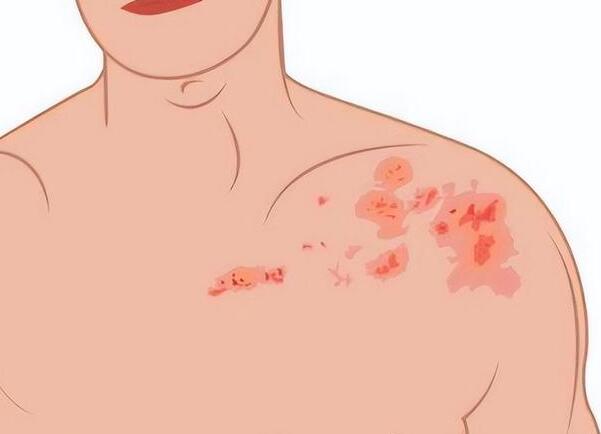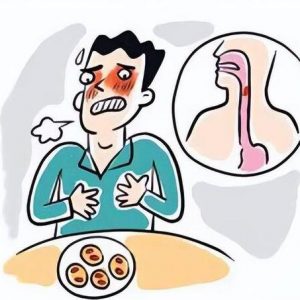In modern society, high cholesterol has emerged as a significant health concern. Dubbed the “silent killer,” elevated levels of blood lipids—specifically cholesterol and triglycerides—often go unnoticed until they trigger serious health issues. Despite being without overt symptoms in its early stages, prolonged high cholesterol can substantially increase the risk of cardiovascular diseases, strokes, and diabetes.
High cholesterol acts like a “sludge” in the bloodstream, increasing the blood’s viscosity and slowing its flow. Over time, this can lead to the formation of plaques on the arterial walls, a process known as atherosclerosis, which can further develop into critical conditions such as coronary heart disease or cerebral infarction. Moreover, high lipid levels can also cause liver damage, leading to fatty liver or even cirrhosis.

Several factors contribute to high cholesterol levels:
- Diet: A diet high in saturated and trans fats, such as those found in animal products and some cooking oils, can significantly raise cholesterol levels.
- Lack of Exercise: Physical inactivity reduces the body’s ability to metabolize fats, leading to an accumulation of lipids in the blood.
- Genetic Factors: Some individuals have a genetic predisposition to high cholesterol, a condition known as familial hypercholesterolemia.
- Obesity: Excess weight is associated with increased fat tissue, affecting lipid metabolism.
- Diabetes: Those with diabetes are more prone to high triglycerides, particularly when blood sugar control is poor.
- Alcohol Consumption: Excessive drinking can disrupt lipid metabolism, leading to increased synthesis and reduced breakdown of fats.
- Certain Diseases: Conditions like kidney disease, hypothyroidism, and liver disease can also result in abnormal lipid levels.
While these are common contributors, individual circumstances may vary.
The clinical manifestations of high cholesterol include:
- Visual Disturbances: High cholesterol can cause retinal artery changes, leading to vision loss or blindness.
- Chest Pain (Angina): Narrowed coronary arteries from cholesterol buildup can trigger chest pain.
- Cardiovascular Events: Long-standing high cholesterol is a primary risk factor for heart attacks and strokes.
- Metabolic Syndrome: High cholesterol often clusters with other symptoms like high blood pressure and high blood sugar, forming metabolic syndrome.
- Pancreatitis: Cholesterol crystals can accumulate in the pancreas, causing inflammation and severe abdominal pain.
- Jaundice: Lipid deposits in the liver can interfere with bilirubin metabolism, leading to jaundice.
These signs are nonspecific and may correlate with other health issues; hence regular lipid profile screenings are crucial for early detection and management.
Diagnosis typically involves:
- Family History Assessment: Identifying family members with high cholesterol or cardiovascular events.
- Personal Medical History: Understanding individual health conditions related to high cholesterol.
- Lifestyle Inquiry: Reviewing dietary habits, physical activity, smoking, and alcohol consumption.
- Physical Examination: Measuring BMI, waist circumference, skin examination for xanthomas, and blood pressure assessment.
- Laboratory Tests: Blood tests for lipid profiles including total cholesterol, HDL, LDL, triglycerides, and sometimes glucose and insulin levels.
Proper treatment for high cholesterol includes lifestyle modifications and, if necessary, pharmacological interventions:
- Dietary Adjustments: Reducing intake of saturated and trans fats, increasing omega-3 rich foods, boosting fiber intake with vegetables, fruits, and whole grains, limiting sugars and alcohol.
- Weight Management: Maintaining a healthy weight through a balanced diet and exercise.
- Increased Physical Activity: At least 150 minutes of moderate aerobic exercise or 75 minutes of vigorous activity weekly along with strength training.
- Smoking Cessation: Quitting smoking improves lipid levels and overall cardiovascular health.
- Medication: If lifestyle adjustments prove insufficient, drugs such as statins, bile acid sequestrants, niacin, fibrates, PCSK9 inhibitors, and Omega-3 fatty acids may be prescribed based on individual needs and risk factors.
Prevention and control strategies encompass:
- Dietary Changes: Cutting down on harmful fats and upping intake of healthy fats and fiber.
- Healthy Weight: Managing weight effectively to maintain healthy lipid levels.
- Regular Exercise: Engaging in aerobic activities and increasing daily movement.
- Smoking and Alcohol Reduction: Limiting or quitting smoking and keeping alcohol consumption within recommended limits.
- Glucose and Blood Pressure Control: Managing diabetes and hypertension if present.
- Stress Reduction and Mental Health: Learning stress management techniques and maintaining good sleep hygiene.
- Routine Screening: Regular check-ups to monitor lipid levels and adjust treatment plans accordingly.
It’s important to note that these recommendations serve as general guidance and personalized treatment plans should be discussed with healthcare professionals considering each individual’s unique situation.
